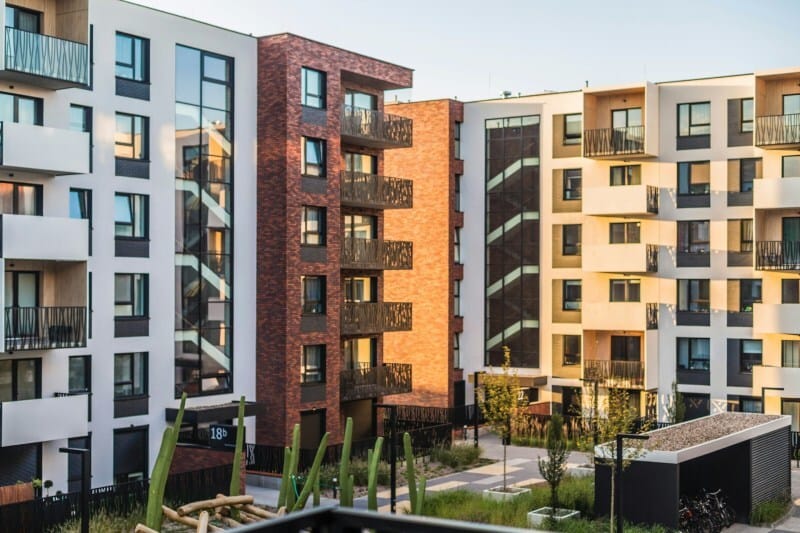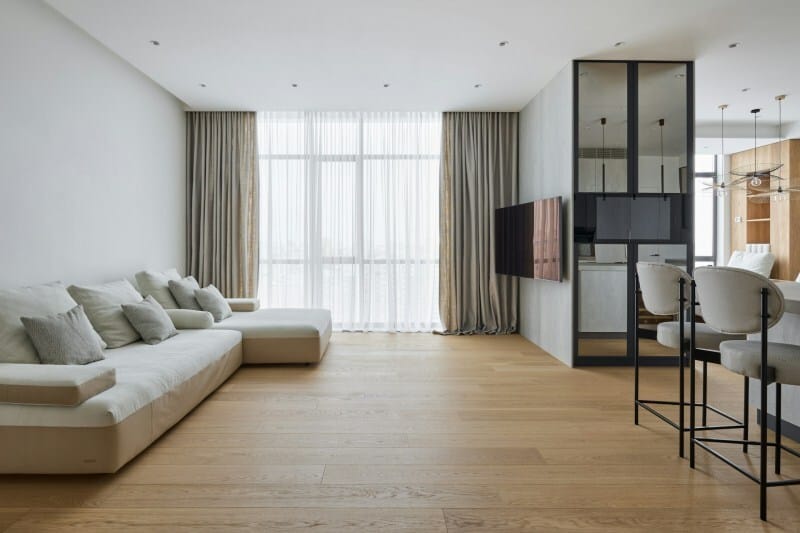The multifamily housing market is changing faster than ever. Tenants aren’t just searching for four walls and a roof, they’re looking for spaces that fit their lifestyles, reflect their values, and make daily life easier. From flexible floor plans for remote workers to wellness-focused amenities and tech-driven conveniences, expectations are higher across the board.

For property owners and developers, this shift creates both a challenge and an opportunity: keep pace with modern design demands or risk falling behind competitors. The good news? With the right renovation strategies, older properties can be transformed into vibrant, in-demand communities that tenants are proud to call home.
In this article, we’ll break down the most effective design and renovation approaches that attract today’s renters, increase retention, and boost long-term property value.

Understanding What Renters Want
Tenant expectations are higher than ever. Many renters aren’t just looking for a place to live, they want a lifestyle. Properties that can offer flexibility, convenience, and modern amenities will have a clear advantage.
Key renter priorities include:
Flexible layouts: Open floor plans, adaptable spaces, and units that can easily accommodate remote work.
Modern finishes: Clean lines, contemporary kitchens, durable flooring, and fresh, neutral palettes that appeal to broad audiences.
Community amenities: Fitness centers, coworking lounges, and outdoor spaces are no longer luxuries—they’re essentials.
Sustainability: Environmentally conscious renters look for properties with energy-efficient appliances, recycling programs, and green spaces.
Meeting these needs requires more than superficial updates. Renovations must be intentional, balancing style and function.

Balancing Style and Functionality in Renovations
One of the biggest challenges in multifamily renovations is ensuring that design choices look attractive while also holding up to everyday use. Durable, low-maintenance materials can reduce long-term costs and tenant complaints.
Examples include:
Space-saving designs: Built-in shelving, wall beds, and modular furniture maximize small urban apartments.
Durable finishes: Quartz countertops, vinyl plank flooring, and porcelain tile combine modern aesthetics with resilience.
Smart storage: Custom closet systems and multi-purpose cabinetry create order and reduce clutter.
When form and function work hand-in-hand, renovations deliver lasting value for both tenants and owners.

Incorporating Technology into Living Spaces
Technology is central to modern apartment living. Tenants expect smart solutions that simplify daily routines and enhance security.
Popular upgrades include:
Smart entry systems: Keyless entry, smartphone-controlled locks, and video intercom systems improve safety and convenience.
Climate and lighting control: Smart thermostats and LED lighting systems help tenants personalize their environment and save on utilities.
Connectivity: Reliable, high-speed Wi-Fi throughout the building is a must, especially with the rise of remote work.
Energy-efficient appliances: Modern appliances not only appeal to tenants but also reduce operating costs for property owners.
Investing in technology is no longer optional it’s a competitive necessity.

Wellness-Focused Renovation Trends
Health and well-being are driving forces in today’s rental market. Tenants want apartments that support their physical, mental, and emotional health.
Some wellness-focused strategies include:
Natural light: Floor-to-ceiling windows, skylights, and open layouts maximize exposure to daylight.
Biophilic design: Incorporating natural materials, indoor plants, and views of greenery can reduce stress and improve tenant satisfaction.
Fitness amenities: Gyms, yoga studios, and walking trails encourage healthier lifestyles.
Air quality and noise reduction: Advanced ventilation systems and soundproofing materials create more comfortable living environments.
Properties that promote wellness tend to have higher retention rates and increased demand.

Sustainability as a Long-Term Strategy
Sustainability is no longer a niche concern, it’s an expectation. Incorporating green practices into multifamily renovations can reduce operating costs, meet tenant demand, and support long-term value growth.
Sustainability upgrades often include:
Energy efficiency: LED lighting, ENERGY STAR appliances, and improved insulation lower utility bills.
Water conservation: Low-flow fixtures, dual-flush toilets, and drought-resistant landscaping reduce consumption.
Eco-friendly materials: Recycled flooring, reclaimed wood, and low-VOC paints improve environmental impact and indoor air quality.
Green certifications: LEED or ENERGY STAR certifications add credibility and appeal for eco-conscious renters.
Eco-friendly renovations not only save money but also signal to tenants that the property aligns with their values.

How Common Area Upgrades Drive Tenant Satisfaction
Shared spaces often make or break a tenant’s decision to sign or renew a lease. Modernizing common areas adds value far beyond cosmetic improvements.
Effective upgrades include:
Lobbies and lounges: Bright, inviting entryways with comfortable seating and modern finishes create positive first impressions.
Coworking spaces: With remote work on the rise, shared office areas equipped with high-speed internet and conference rooms are in high demand.
Outdoor amenities: Rooftop patios, grilling stations, and community gardens foster social connections.
Safety features: Upgraded lighting, secure parking, and advanced security systems improve tenant confidence and comfort.
By enhancing these spaces, property owners encourage stronger community bonds and tenant loyalty.
The Role of Professional Expertise in Successful Projects
Renovating multifamily spaces can be complex. From navigating building codes to coordinating timelines, having the right professionals involved ensures projects are completed efficiently and correctly.
Benefits of hiring experienced contractors include:
Regulatory compliance: Experts manage permits, inspections, and local building requirements.
Cost control: Professional project managers help avoid budget overruns by sourcing materials wisely and coordinating schedules.
Quality assurance: Skilled contractors deliver work that lasts, reducing the need for costly repairs.
Tenant communication: Coordinated renovations minimize disruption for current residents, maintaining satisfaction throughout the process.
Without professional expertise, even well-intentioned projects can face costly delays or compliance issues.
Conclusion
Modernizing multifamily spaces is about more than keeping up appearances—it’s about creating environments where people want to live, work, and thrive. By focusing on renter expectations, incorporating technology, prioritizing wellness, and committing to sustainable practices, property owners can build communities that stand out in competitive markets.
Working with professionals who specialize in condo remodeling ensures that every project is executed with precision, compliance, and quality. Experienced contractors can also help uncover creative design opportunities, maximize budgets, and minimize tenant disruptions during the process. With the right strategy and expertise, multifamily renovations not only improve tenant retention but also enhance property value for years to come positioning your community as a long-term leader in the housing market.
The post Modernizing Multifamily Spaces: Design and Renovation Strategies That Attract Today’s Renters appeared first on Moss and Fog.
